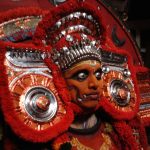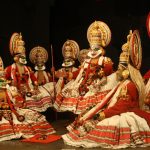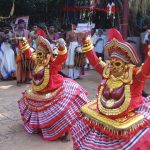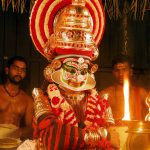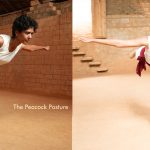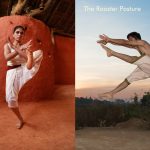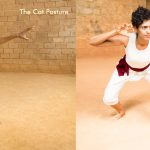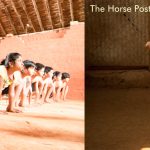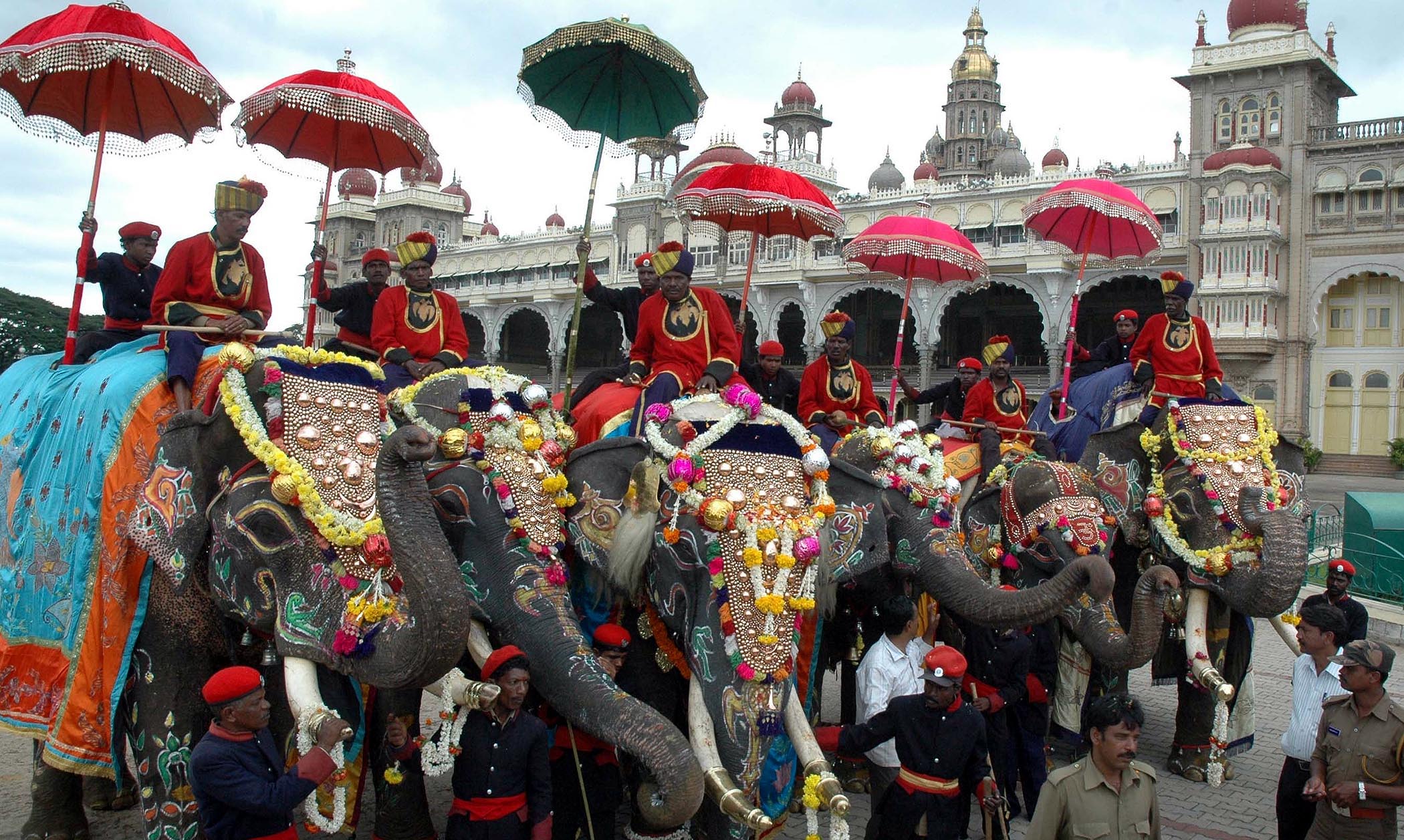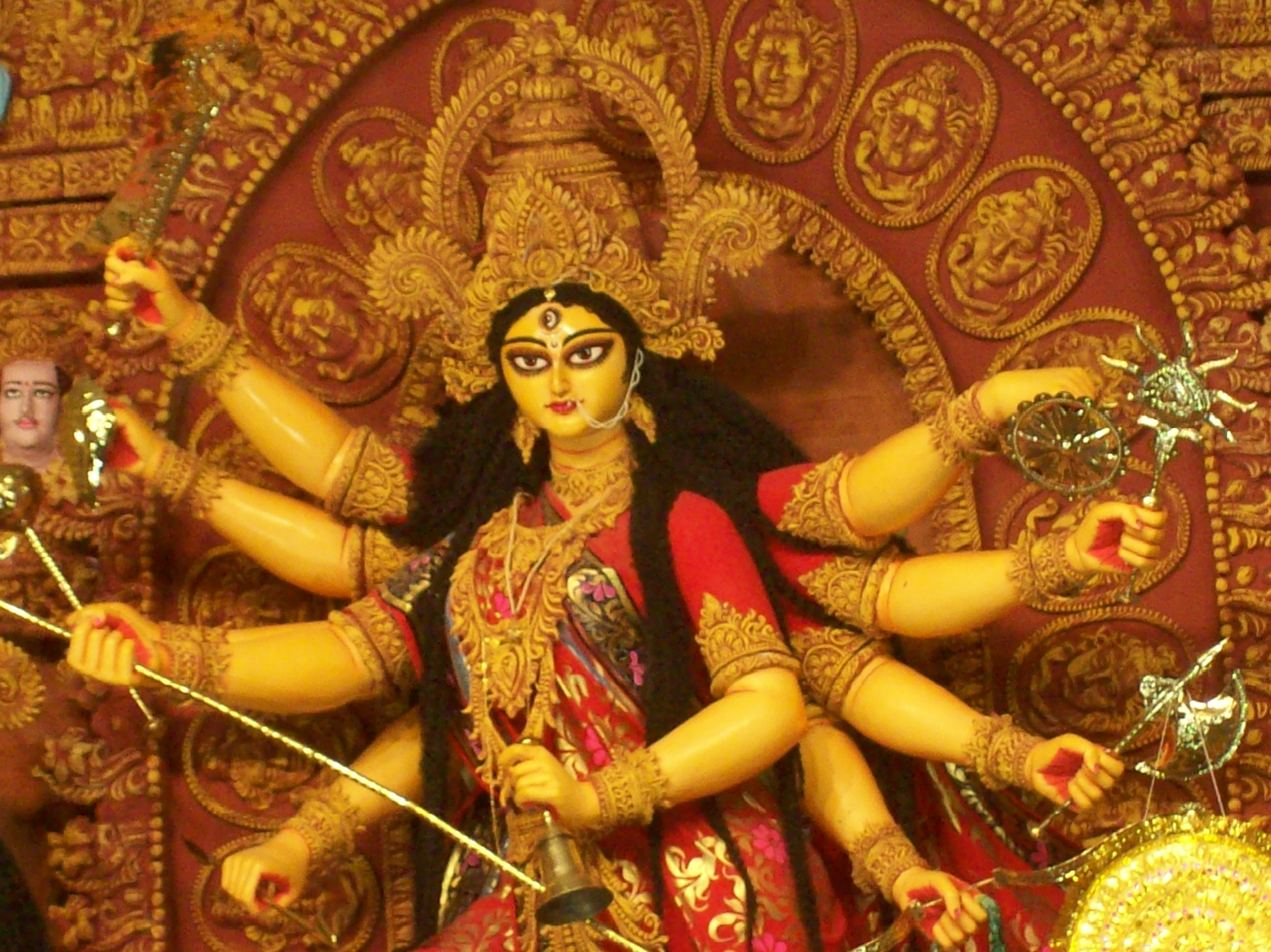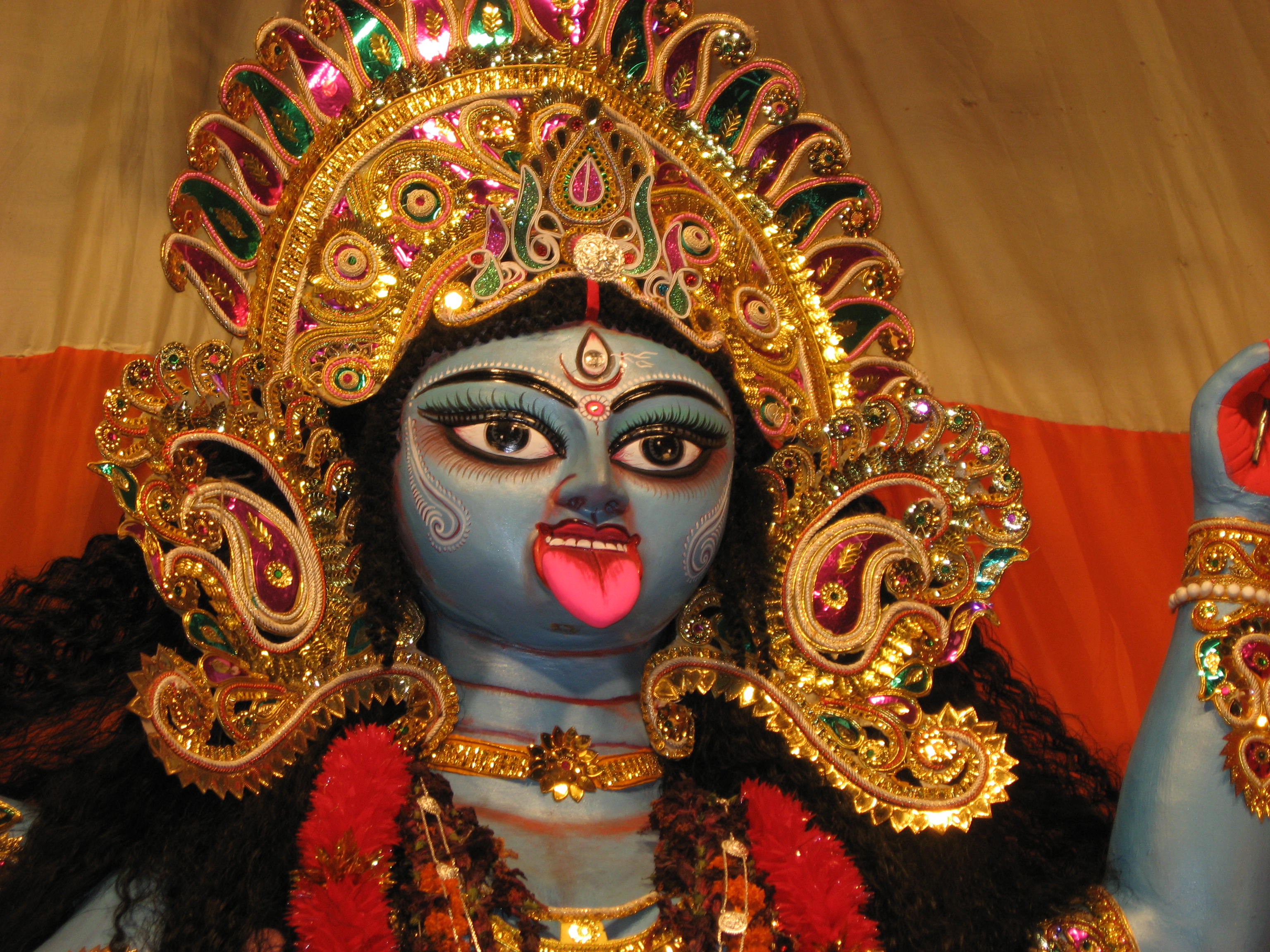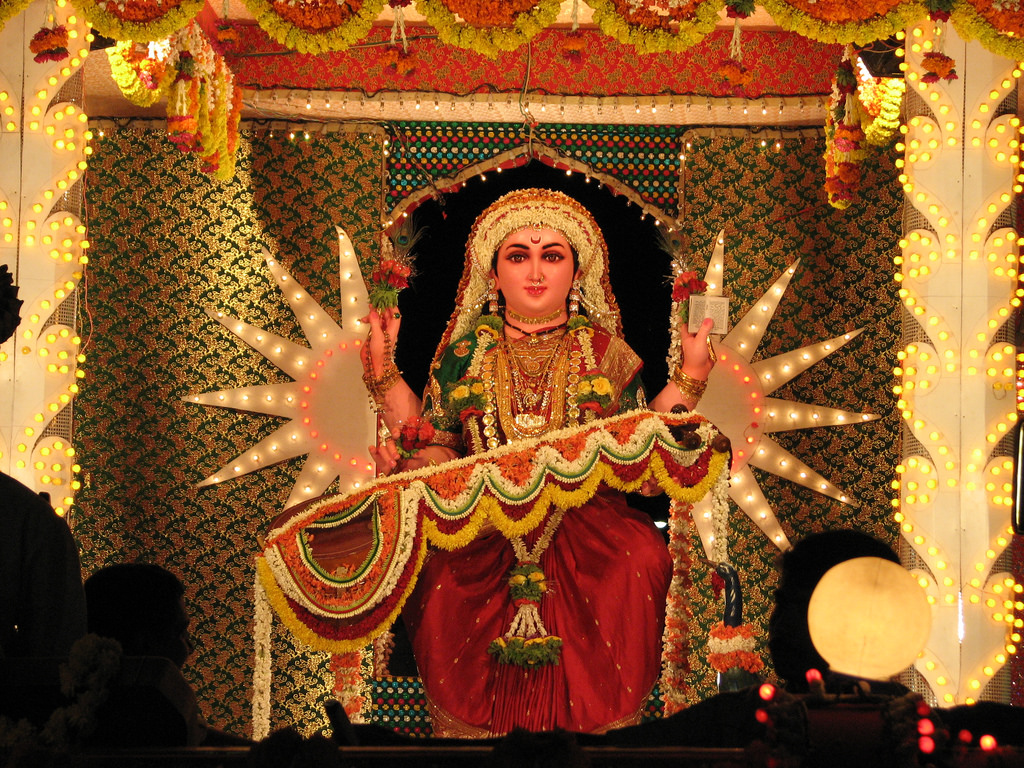Kalaripayattu – World’s Oldest Martial Art created by Sada Shiva
Kalaripayattu is a martial art, which survived in the hinterlands of Kerala-India despite ruthless efforts of the British imperialists to obliterate it. The word kalari first appears in the Sangam literature to describe both a battlefield and combat arena. It is the oldest fighting systems in existence. Kalaripayattu’s traditions were preserved in northern and central parts of Kerala and the Tulunadu region of Karnataka, where it is called Garadi.
In fact, kalaripayattu is the oldest martial art form in the world and even the Shaolin masters owe the origins of their martial art to kalaripayattu. The founder was a Buddhist monk who took this martial art into the temples of Shaolin and modified it to give it a unique identity. The Sri Lankan martial art Angampora also exhibits strong similarities with Kalaripayattu.
Historical Evidence1
The Sangam Age where kalari is first mentioned, encompassed a large land mass that included the sunken continent of Kumari Kandam, Sri Lanka and beyond, present day Tamil Nadu and Kerala. (For more details read the July 2016 issue of Hinduism Now).
The Akananuru and Prananuru describe the use of spears, swords, shields, bows and silambam (bamboo stick used for fighting)2 in the Sangam era. The word kalari appears in the Puram verses 225, 237, 245, 356 and Akam verses 34, 231, 293 to describe both a battlefield and combat arena. Warriors in the Sangam era received regular military training in target practice, horse and elephant riding. They specialized in one or more of the important weapons of the period including the spear (vel), sword (val), shield (kedaham), and bow and arrow (vil ambu). The combat techniques of the Sangam period were the earliest precursors to kalaripayattu. The well known work Silappaddikaram refers to the silambam staff, which was in great demand with foreign visitors during Sangam times.
Kalaripayattu developed into its present form in the 100 years protracted wars between the the three dominant ruling dynasties of the South – Cheras, Cholas and Pandiyas, in the beginning of the Common Era. The warring states refined the fighting skills and techniques prevalent at the time into a composite form. It flourished until the 16th century, where it became quite common to send youngsters above the age of seven to learn kalari, preparing them from self-defence or to be ready to go into battle, at a very early age.
Founding Fathers – The Hoariness of Kalaripayattu
The foundation of kalaripayattu is traced to the great incarnation of Vishnu, Parashurama who is credited with having carved out the land of Kerala from the salty oceans. Parashurama was the 6th incarnation of Vishnu who predated Rama, giving clear indications that this martial art form is 1000s of years older than the Sangam Age, which provide the earliest written evidence of this marital form.
The great sage of the Southern region, Agasthiyar is regarded as the founder and patron saint of the southern style of kalaripayattu, the silambam, and varmam, the last of which is an ancient science of healing injuries of vital points.
Agasthya was taught Varman Vaidya and Silambam by Murugan the son of Shiva and Parvati. Murugan was taught both these arts by his father Lord Shiva or Mahadeva.3
These last places without doubt, that kalaripayattu has its ascendants in martial arts created and taught by Adi Guru, the Original Master, Mahadeva – making its origins at least 60,000 years old! Therefore, it is not as old as the Sangam Age, as we are made to believe.
Influence on Indian Classical Dance
In due course elements from the Yoga Sutras of Patanjali, as well as finger movements in the nata dances of the Natya Shastra, were incorporated into the fighting arts. Kalaripayattu is today as much a dance form as it is a martial art, enabling fluidity, suppleness and flexibility which is reflected in indigenous classical dance forms such as Mayurbanj Chau, Kathakali and Theyyam. Today, some traditional Indian dance schools (as well as martial arts studios) incorporate kalaripayattu as part of their exercise and fitness regimen
Styles of Kalaripayattu
The art of kalaripayattu was disseminated through schools known as kalari, which served as centers of learning before the modern educational system suppressed it. The kalaris served as meeting places for the acquisition of knowledge on various subjects ranging from mathematics, language, astronomy and various theatrical arts. More specifically, martial arts were taught in the payattu kalari, or fight school.
The regional variants or styles are classified according to geographical regions in Kerala:
- The Northern style from Malabar region in north Kerala is known for elegant and flexible movements, evasions, jumps and weapons training. Northern kalaripayattu was much connected to the Theyya community from this region.
- The Central or Madhya style is from inner Kerala. The Madhya kalari has many different styles which place heavy emphasis on lower body strength and speed thorough practice of various chuvatu or steps, only after which participants advance into weaponry and advanced studies.
- The Southern style from Thiruvitankoor, was practiced largely by the Nadar caste and has features distinguishing it from its other regional counterparts. Here, the Adi Murai style primarily follows the hard impact based techniques with priority on empty hand fighting and vital point (marmam)
Kalaripayattu includes strikes, kicks, grappling, preset forms, weaponry and healing methods.
Healing and Martial Arts go Hand-in-Hand
Massages and healing are an integral part of the rigorous training regimen of kalaripayattu. In healing methods used, there is a distinction between the northern and southern styles – the northern style applies Ayruvedic healing evolved by Sushruta, while southern style uses Siddha healing founded by their master Agasthiyar.
As a result of learning about the human body, kalaripayattu martial artists became knowledgeable in the field of traditional medicine and massage. Kalaripayattu teachers often provide massages (uzhichil) with medicinal oils to their students in order to increase their physical flexibility or to treat muscle injuries encountered during practice. Such massages are generally termed thirumal and the unique massage given to increase flexibility is known as katcha thirumal, which is as sophisticated as the uzhichil treatment of ayurveda. Kalaripayattu has borrowed extensively from Ayurveda and equally has lent to it development.
Techniques4
Kalaripayattu techniques are a combination of steps (chuvatu) and postures (vadivu). Chuvatu are the basic steps of the martial arts. Vadivu are postures or stances which are the basic characteristics of kalaripayattu training. The styles are named after animals such as lion, tiger, elephant, wild boar, snake, crocodile, cat, etc.
Styles differ considerably from one tradition to another. Not only do the names of poses differ, the masters also differ about application and interpretation. Each stance has its own style, power combination, function and effectiveness. These techniques vary from one style to another.
Decline and Revival
After the ceding of the Malabar region to the British in 1792 CE, there were a series of revolts in this region where kalaripayattu was widely practiced. The British became wary of the power of kalaripayattu as a means of self defense as well as revolt. They disbanded all schools of kalaripayattu and banned its practice during their imperial rule in this region. However, resolute gurus continued to keep the tradition alive by practicing it in secret, away from prying eyes.5
The resurgence of public interest in kalaripayattu began in the 1920s in Thalasserry, as part of a wave of rediscovery of the traditional arts and continued through the 1970s surge of general worldwide interest in martial arts. This was mostly thanks to the world famous martial arts icon, the late Bruce Lee and his Hollywood hit Enter the Dragon and the other martial art classic, The 36th Chamber of Shaolin.
In recent years, efforts have been made to further popularize the art, with it featuring in international and Indian films such as Ondanondu Kaladalli (Kannada) in 1996, Ashoka in 2001, The Myth in 2005, The Last Legion in 2007, and the most recent Baaghi in 2016.
References
- https://en.wikipedia.org/wiki/Kalaripayattu
- https://en.wikipedia.org/wiki/Silambam
- https://en.wikipedia.org/wiki/Varma_kalai
- http://www.kalaripayattu.org/
- http://www.kalaripayattu.org/aboutus.htm
- https://www.youtube.com/watch?v=oI84oM_bJeg
- https://www.youtube.com/watch?v=hsUai4wt6Yk
Also Read
- To Heal and/or To Harm: The Vital Spots in Two South Indian Martial Traditions, 1992 and Actualizing Power and Crafting a Self in Kalarippayattu, Journal of Asian Martial Arts, Zarrilli, Phillip B., 1993
By – Usha Kent








